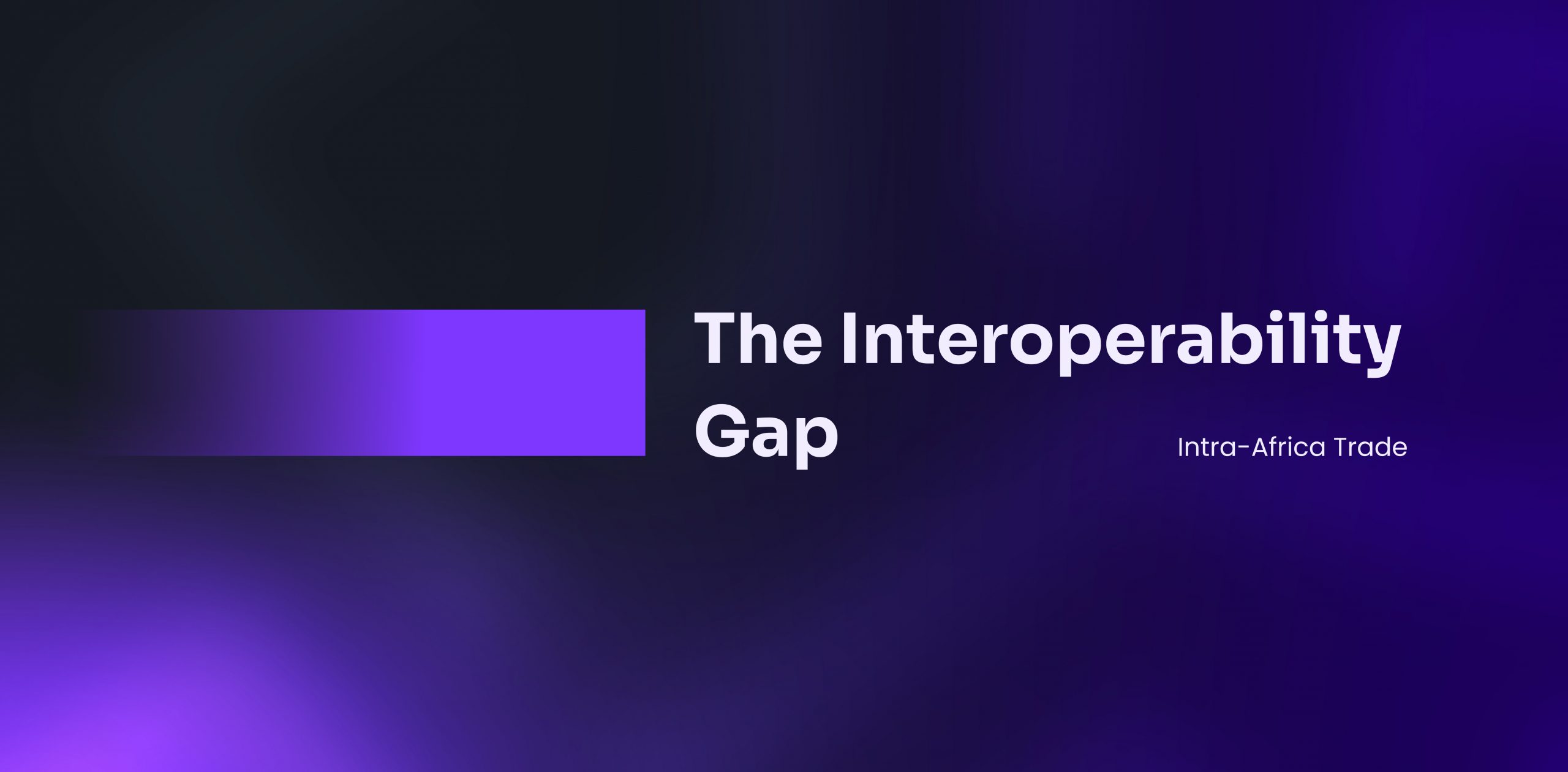If PAPSS is Live, Why Don’t Most Wallets Offer Truly Instant Cross-Border Payments in Africa Yet?
Ever wondered why sending money across Africa still feels like a marathon when it should be a sprint? The Pan-African Payment and Settlement System (PAPSS), launched in 2022 and backed by Afreximbank and the African Union, promised to revolutionize cross-border payments in Africa with instant transactions in local currencies.
Yet, if you’ve tried transferring funds between wallets in Nigeria and Ghana or anywhere else on the continent, you’ve likely hit a wall. So, what’s the holdup? Let’s dive into the interoperability gap and unpack why most digital wallets aren’t delivering the instant magic PAPSS sparked.
The PAPSS Promise: Instant Payments, African Style
PAPSS was designed to connect central banks across Africa, enabling real-time settlements without relying on costly foreign clearing systems.
The idea? Businesses and individuals could send money, say, Naira to Cedis in seconds, bypassing the days-long delays of traditional correspondent banking.
With 14 central banks and over 50 commercial banks on board by late 2024, and a few people on X buzzing about transactions completing in under 10 seconds, it sounds like a dream that would come true. But here’s the catch: that dream isn’t fully waking up for normal everyday wallet users.
The system shines for bank-to-bank transfers in some regions, like the West African Monetary Zone, where it’s operational. It even supports aliases (e.g., phone numbers or IDs) for payments, and its ISO 20022 standard promises rich data and security. Yet, when it comes to digital wallets on those mobile money apps we love, most still don’t offer the seamless, instant cross-border experience PAPSS advertises. Why?
The Interoperability Puzzle For Cross-Border Payments Africa
The root issue isn’t all technology as we will think, it’s the messy reality of Africa’s payment landscape. Central bank executives, speaking at forums like the Inclusive Fintech Forum in Kigali, argue that infrastructure isn’t the bottleneck. Countries like Ghana boast interoperable systems between wallets and bank accounts, a feat some G7 nations envy. So, if the tech exists, what’s tripping us up?
- Regulatory Fragmentation: Each country has its own rules KYC standards, data protection laws, and licensing requirements. Dr. Tumubweinee Twinemanzi from the Bank of Uganda points out that lax or stringent regulations create a patchwork that stalls wallet interoperability. Harmonizing these across 54 nations is a Herculean task.
- Currency Imbalances: Liquidity matters. If Rwandans don’t want Ugandan shillings and vice versa, cross-border wallet transactions falter. This imbalance, highlighted by central bankers, limits how fast funds move between wallets.
- Wallet Silos: With over 171 mobile money options in Africa, most wallets (e.g., M-Pesa, MTN Mobile Money) operate in isolation. Even within one country, interoperability is rare, let alone across borders. PAPSS connects banks, but wallets lag behind due to proprietary systems and lack of open APIs.
Experts like Christian Kajeneri from the National Bank of Rwanda suggest that while PAPSS lays the groundwork, full wallet integration requires a framework central banks must drive. But with only about 44% of instant payment systems offering all-to-all interoperability (per the 2023 AfricaNenda SIIPS report), the gap is wide.
The Wallet Challenge: Speed vs. Reality
Imagine you’re in Ghana, trying to send ₵100,000 to a friend in Nigeria via a wallet. PAPSS should make it instant, right? Yet, we have people still complaining about the frustration it brings, It’s still a struggle, with some resorting to Visa cards for overseas payments instead.
The problem? Wallets aren’t fully plugged into PAPSS. Many rely on postponed credits or manual approvals, turning “instant” into hours or days. Security checks, like screening against UN Sanctions lists, add delays, and recalling a transaction is only possible with escrow services hardly a wallet feature.
Even where PAPSS works, not all wallets support real-time processing. The system’s net settlement at midnight means some transactions batch up, undermining the instant promise. Add in connectivity issues rural areas still face network gaps and you’ve got a recipe for friction.
Breaking the Barrier: What Needs to Happen
So, how do we close this interoperability gap for cross-border payments Africa? Here are some grounded steps:
- Regulatory Alignment: Policymakers must harmonize KYC and data protection standards. Initiatives like the AfCFTA Digital Trade Protocol, adopted by Nigeria and Kenya, could set a minimum baseline, though implementation lags.
- Open APIs: Embracing open application programming interfaces (APIs) can bridge wallet silos. Fintechs need to collaborate, and central banks should mandate this integration.
- Fintech Solutions: Platforms like Fincra offer multi-currency treasury management Africa, helping businesses hold and move local currencies seamlessly. With Fincra’s compliance tools, AML/KYC fintech solutions Africa ensure regulatory adherence without slowing transactions.
- Public-Private Push: Central banks and fintechs must team up. Sandboxes, like those in Eswatini and Sierra Leone, show how non-banks can innovate within regulated spaces.
What Is The Road Ahead For Cross-Border Payments Africa.
PAPSS is a bold step, but it’s not the full solution yet. The establishment narrative talks about it as Africa’s payment savior, yet the slow wallet adoption suggests a more complex picture. With remittances hitting $100.1 billion in 2022 and intra-Africa flows at $19.4 billion, the stakes are high. If interoperability improves, wallets could unlock that potential but it’ll take more than tech. It’s about aligning incentives, regulations, and infrastructure.
Connecting the Dots: Naira-Yuan and Africa’s Payment Future
Speaking of cross-border hurdles, the Nigeria-China currency swap we touched on earlier ties right into this interoperability saga. That 15 billion yuan deal, renewed in December 2024, aims to streamline cross-border payments Nigeria China by cutting FX costs and delays sound familiar? It’s a step toward easier trade, but as we’ve seen with PAPSS, turning promise into reality across Africa’s diverse markets is no small feat. If you’re curious about how the naira-yuan swap could fit into this bigger picture or whether it’s truly a game-changer check out our short dive dive on [ Naira-Yuan Settlement: A Step Toward Easier Trade]. We break down the savings and the challenges or our take on What’s the state of cross-border payment between Nigeria and China
And hey, while you’re exploring, the lessons from PAPSS’s wallet struggles might just shed light on what Nigeria and China need to avoid. Stay tuned for our next post on how digital currencies could bridge these gaps because the future of cross-border payments in Africa is worth watching!
Stay tuned for our next post, where we’ll explore how digital currencies might bridge these gaps. For now, if you’re a trader or business owner, check with your bank or fintech about PAPSS access and maybe give Fincra a look for smoother cross-border payments Africa.
This is for informational purposes only, not financial or legal advice. Verify details with your provider.




